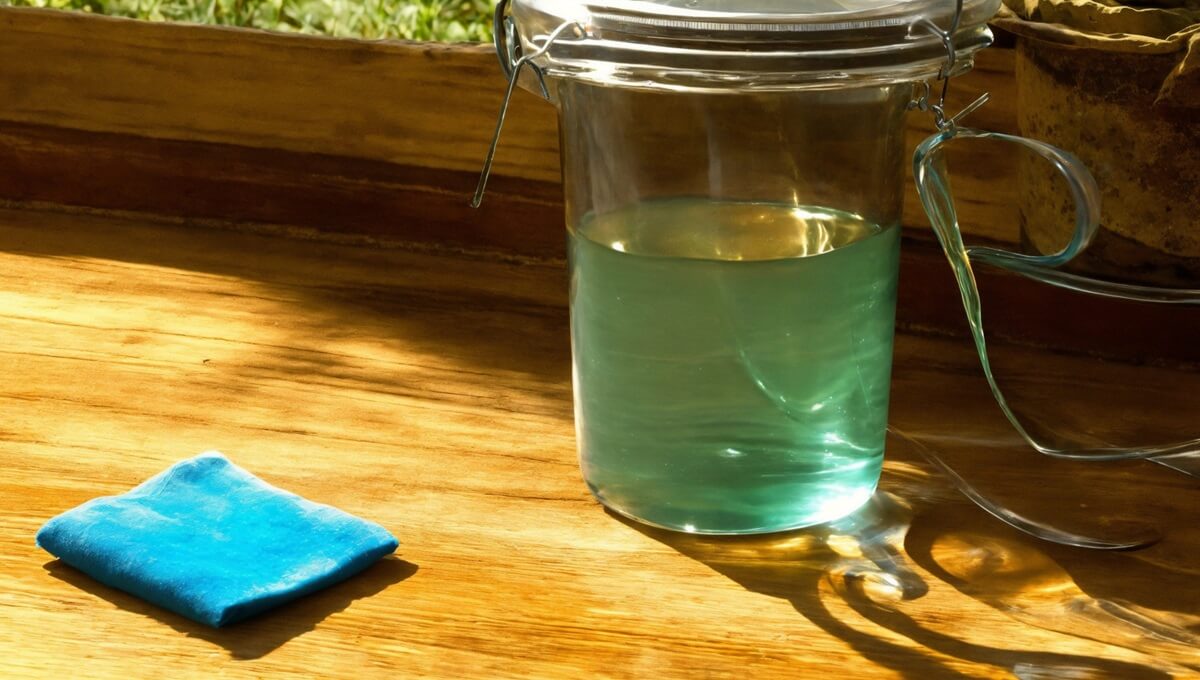

Total Dissolved Solids (TDS) consult with the focus of inorganic salts, minerals, and different substances in water.
TDS contains varied dissolved substances like calcium, magnesium, sodium, potassium, chloride, sulfate, and bicarbonate.
Whereas some ranges of TDS are pure and essential for water to be wholesome, excessively excessive TDS ranges can result in varied points, together with an disagreeable style, scaling, and potential well being issues.
The acceptable TDS level for drinking water ranges between 50-500 ppm, though this will differ primarily based on regional requirements and particular person preferences.
This text goals to supply an in depth information on methods to scale back TDS ranges in water to make sure it meets the specified high quality requirements.
Click on to learn: How to Check TDS Level with a TDS Meter
Strategies to Cut back TDS in Water
1. Reverse Osmosis (RO) Filtration
Reverse Osmosis filtration is likely one of the only strategies to scale back TDS ranges in water. It really works by forcing water by means of a semi-permeable membrane, successfully eradicating a good portion of dissolved solids.
RO water purifiers can be found for residential and industrial use, offering a dependable and environment friendly technique to decrease TDS in water.
The method makes use of specifically designed RO membranes with a pore measurement as small as 0.0001 microns. The small pore measurement solely permits water molecules to cross by means of and filter out each different impurity.
An RO water air purifier can scale back the TDS degree of water by as much as 90-99%.
2. Distillation
Distillation removes contaminants by means of the identical course of utilized in nature, evaporation.
The method entails boiling water to provide steam or water vapor. As water is boiled, water evaporates within the type of steam however the dissolved solids are unable to evaporate. The steam rises to a cool floor, and as soon as it cools down, it condenses into liquid type. This course of successfully separates water from dissolved solids, leading to lowered TDS ranges.
Distillation is a viable possibility for small-scale water purification however will not be as sensible for big volumes of water.
Distilled water is the purest type of water however it isn’t appropriate for ingesting as it’s tasteless and has zero minerals.
3. Deionization
The Deionization course of removes complete dissolved solids by means of ion trade. The method makes use of specifically manufactured ion-exchange resins to trade water ions with charged ions or dissolved solids. Deionization produces extremely pure water that’s similar to distilled water. The benefit of deionization over distillation is that the method is faster and doesn’t end in scale build-up.
This methodology is usually utilized in laboratories and industrial settings.
Whereas efficient, deionization will not be appropriate for family water therapy as a result of want for normal resin regeneration.
Deionized water shouldn’t be appropriate for ingesting as Deionization doesn’t take away disease-causing organisms like micro organism and viruses.
Conclusion
Lowering TDS ranges in water ensures its high quality, style, and security.
The selection of methodology relies on the particular traits of the water supply, price range concerns, and the specified degree of purification.
For houses, Reverse Osmosis is essentially the most appropriate methodology to scale back TDS ranges in water. Distillation is good if you want almost zero TDS water, e.g. battery water. Deionization is preferable for labs and industries.
Trending Merchandise











